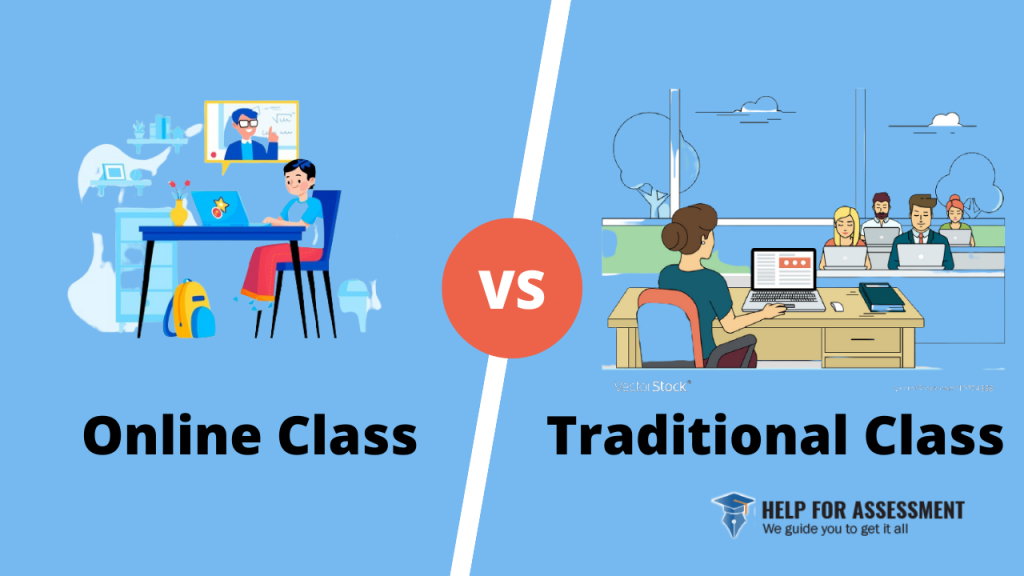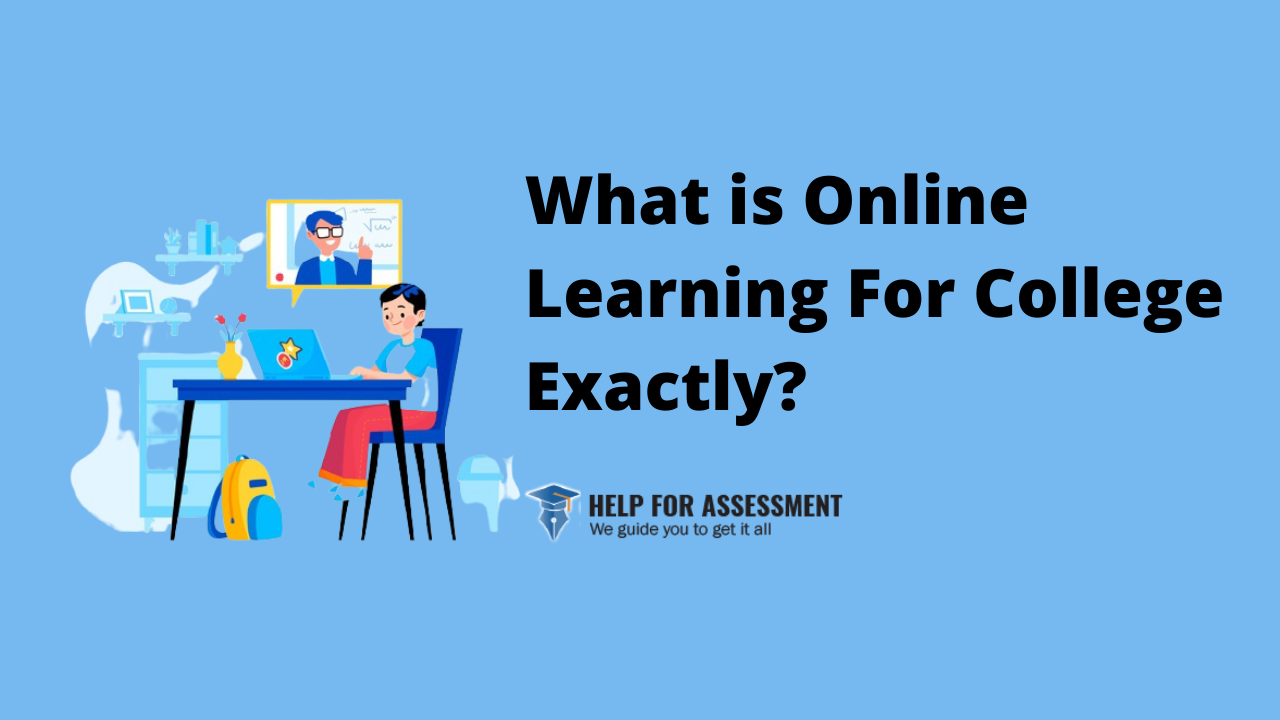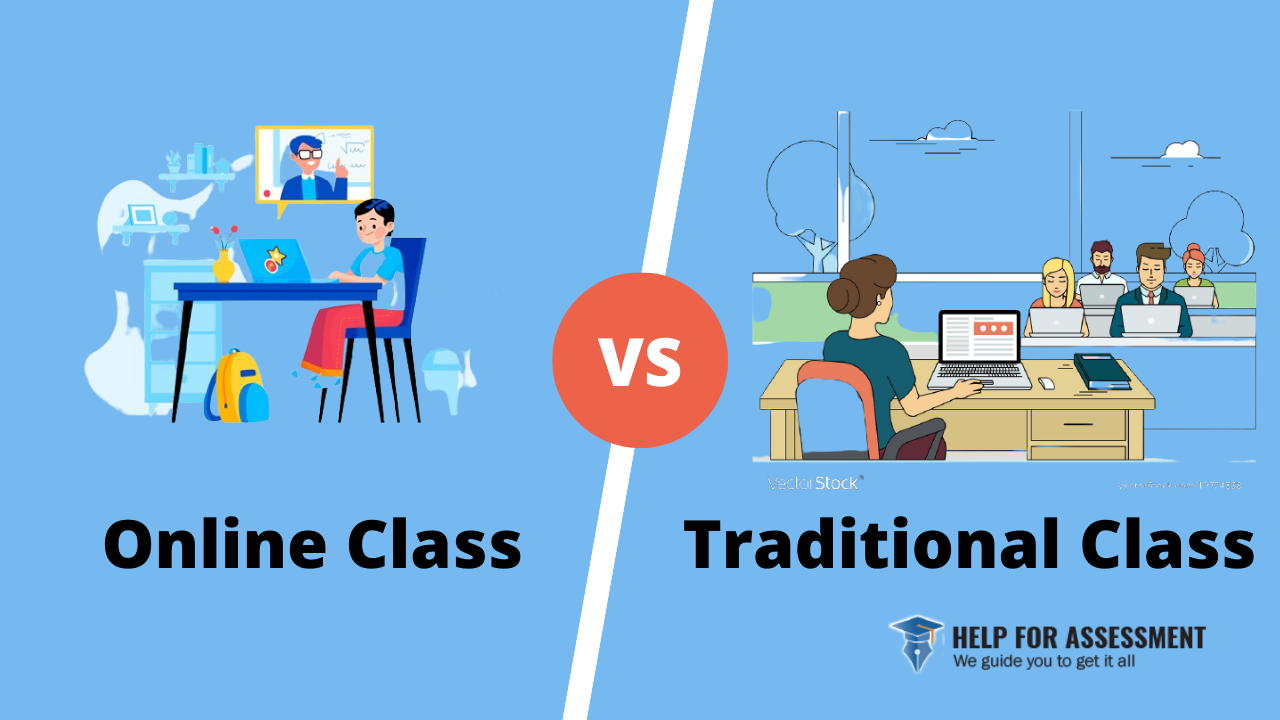The global pandemic has made online education more significant than it was before. And with more people taking online classes, there’s no doubt that distant learning may become as significant as traditional classes.
Even with the consistent increase in the number of students enrolling for online college, attending traditional classes is still a norm in institutions of higher learning across the globe.
Since all are open for enrollment, regardless of the learning institution of choice, you may be wondering which class structure is suitable for you.
So in this guide, we’ll look at online vs traditional classes to help you make up your mind on what learning mode would be best suitable for you.
Before we examine the similarities and differences between the two modes of learning, it’s important to understand that online and traditional classes have their benefits and shortcoming. Not to mention that students across the world perceive them differently.
What is Traditional Learning?
Commonly known as brick and mortar learning, traditional education calls for students to come to campus and attend classes in person.
Even with online classes booming lately, many students prefer in person learning, as it allow them to discuss and interact with teachers and one another face to face.
Given the face-to-face interaction of traditional learning, students get instant answers to their questions, build self-confidence through interactions, and find professors easily approachable through continuous discussions.
What is Online Learning?
Online education is a learning mode for students who feel like they’re not fit to learn in person. It’s a distance learning approach, which involves education that takes place on the internet.
With colleges embracing this learning mode, and investing in Learning Management Systems such as Blackboard and Moodle, and video conferencing tools such as Zoom and Google Meet, online learning is becoming increasingly popular by the day.
With distant learning, students can use an online portal to submit their work, ask professors questions through contact forms, and hold discussions in forums.
While online education hasn’t reached a level of attendance to liken to traditional learning, it offers more convenience and greater flexibility and accessibility, which allows you to get the same education as someone who attends classes in person – no matter where you’re in the world.
Data collected by Potomac in early 2014 shows an increase in the rate of enrollment in online learning. In particular, about 6.7 million students enrolled to online courses and there are currently at least 275 learning institutions accredited to offer online learning.
Further, the data shows that by 2014, at least 30% of students from these accredited universities enrolled in at least one online course in their respective institution.
Online Class vs Traditional Class: How Do They Compare?
Close to 70% of academic officers agree that distant learning is a significant component for long-term education, and more than 75% of academic leaders view online education as equal or superior to traditional learning. In particular, online classes offer accessibility to all students, from those who work full time to those who live far from college.
But online education isn’t suitable for all students. Current data shows that one out of four students prefers online learning to traditional classes, which means that three out of the four do well in traditional classroom setting.
Based on this information, it’s clear that every student has a personalized learning style that works well for him or her, and it can be either online or in a traditional classroom setting.
Online vs Traditional Classes: Flexibility
Online classes are more flexible than traditional classroom settings. The flexibility allows you to work, run personal errands, and take classes at the same time. You will get deadlines for assignments, but it’s up to you to make your own learning schedule, so you can listen to lectures when you want and plan when to complete your assignments.
Traditional learning isn’t flexible, and it can be costly sometimes. Not only do you have to commute from home to school every day, which means spending money in the process, you also have to stick to your school’s learning schedule. Fortunately, even in person learning gives you some bit of freedom, which allows you to create a customized schedule that works well for you.
Online vs Traditional Classes: Social Interactions
With the face-to-face setting, which involves campus grounds, smart boards, and maybe even dorm rooms, the traditional learning method may be the best option for you if you’re a social student.
That’s because in person classes allows for more social interaction, particularly from frequent meet ups with college friends, course mates, and instructors.
Online learning allows for social interaction, with your professors and your peers within reach.
Collaborative resources such as Zoom and Google Meet for video conferencing and whiteboards for writing encourage discussions and communication. However, the engagement isn’t often as deep as what you get from traditional settings
Online vs Traditional Classes: Self Discipline
Online learning gives you more freedom to learn and complete your assignments when you want. But it can be a wrong structure of learning to adopt if you don’t have self-discipline.
There are times when you’ll lack the motivation to study and write your assignments, but, then again, you have to hold yourself accountable if you must write your exams and score full marks.
Given the freedom you have, it might help to embrace good study habits, or you may burn out fast in college.
It’s a different case with brick and mortar learning. Your professor has your schedule figured out for you, from what you should learn and where you should be to the assignments you should write and when to submit.
You won’t struggle to keep pace with your curriculum and you’ll submit your assignments in time most of the time.
Online Class vs Traditional Class: Learning Costs
Online education should fit you if you’re looking forward to spend less. For example, the average cost of an online degree is $30,000, which is about 60 times less than the traditional degree, which goes for around $85,000.




